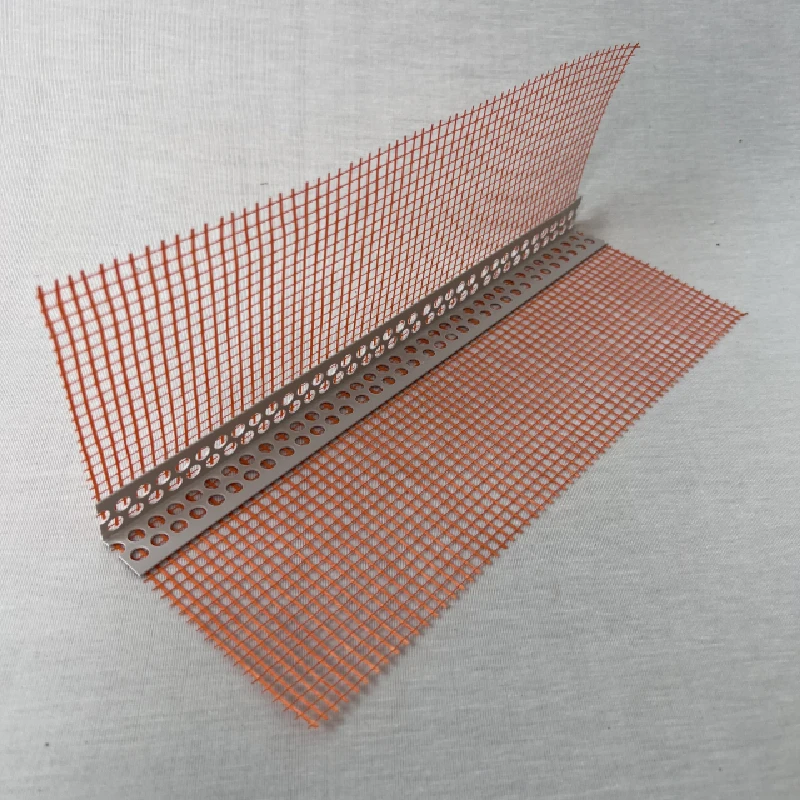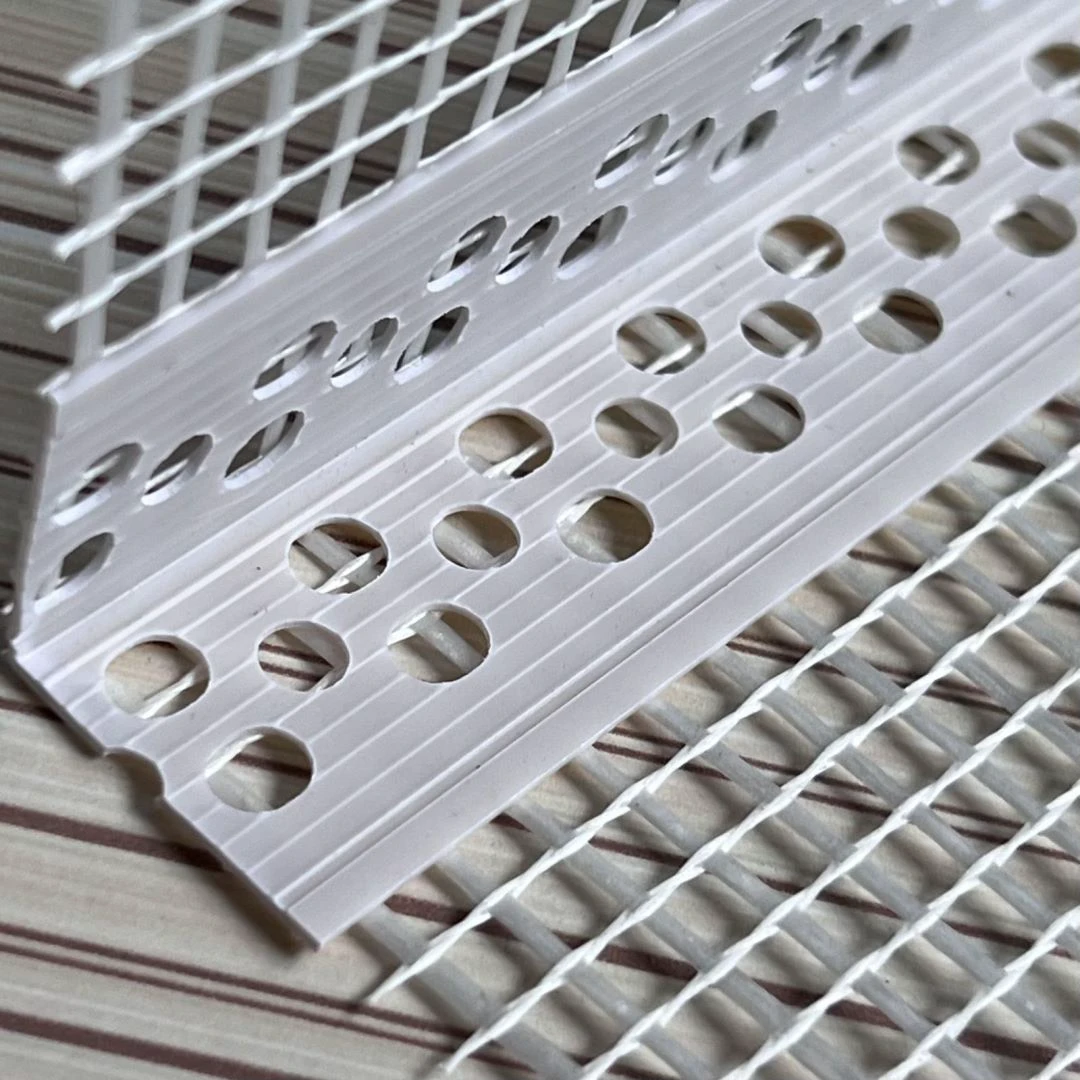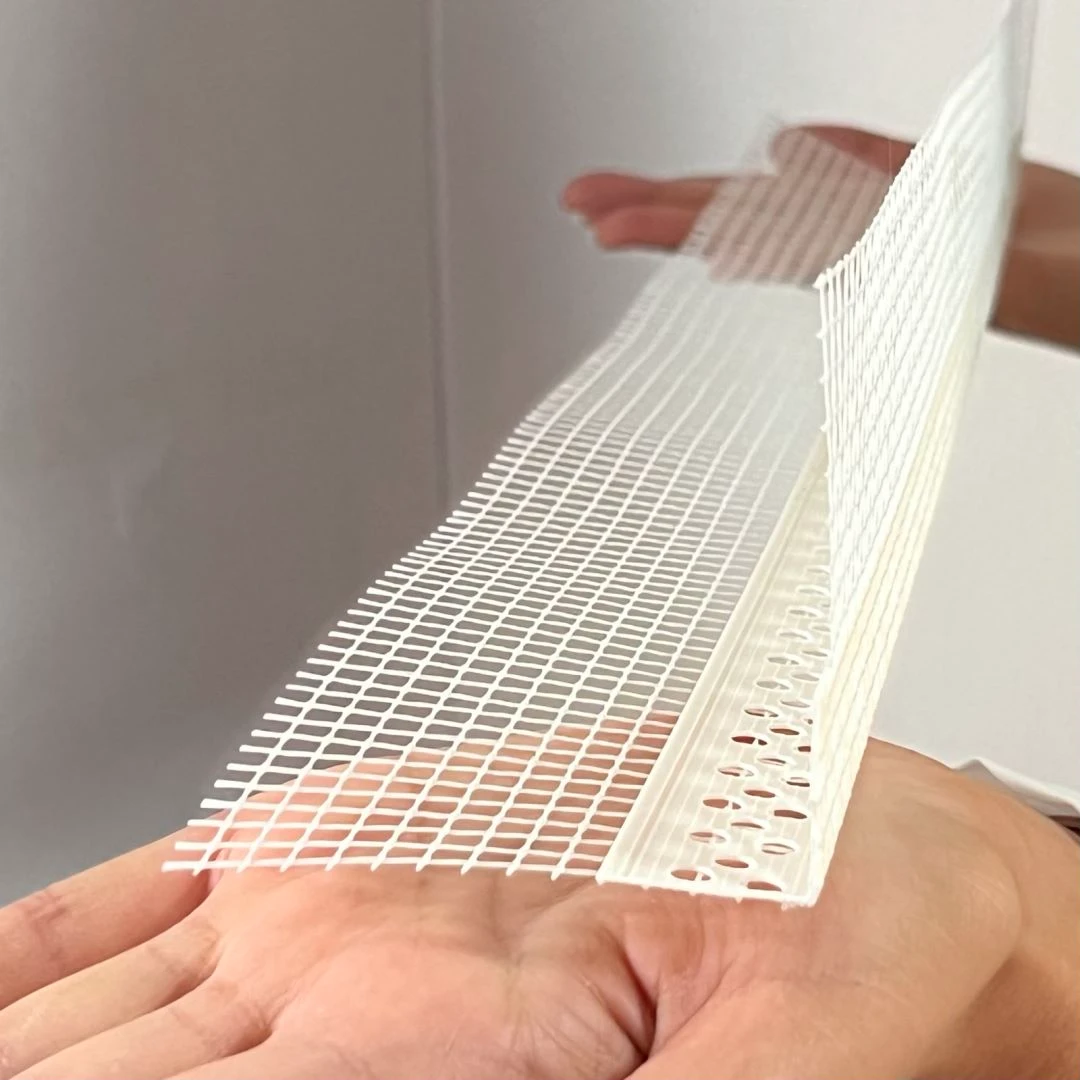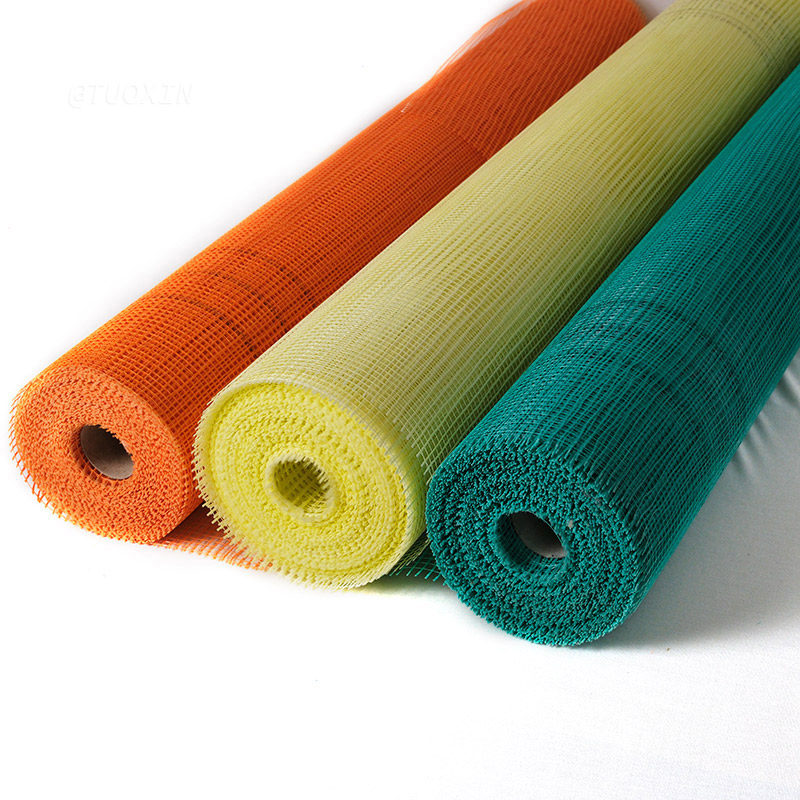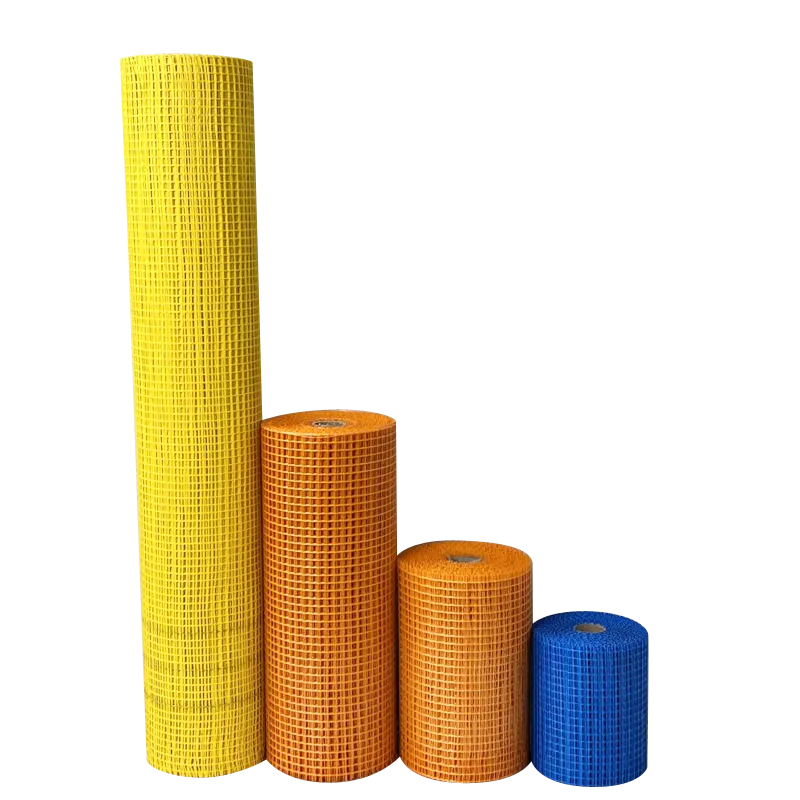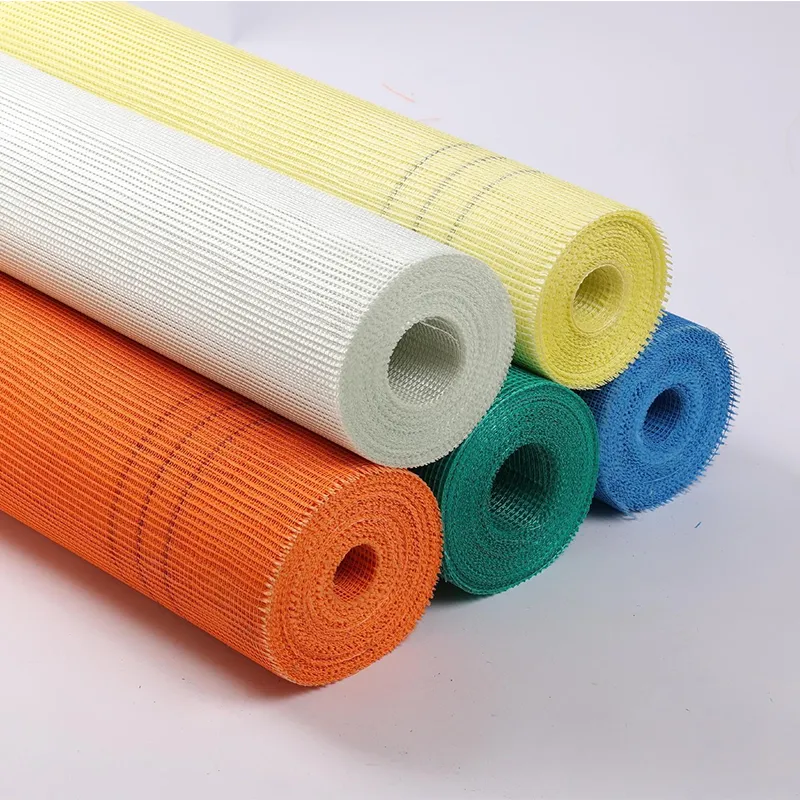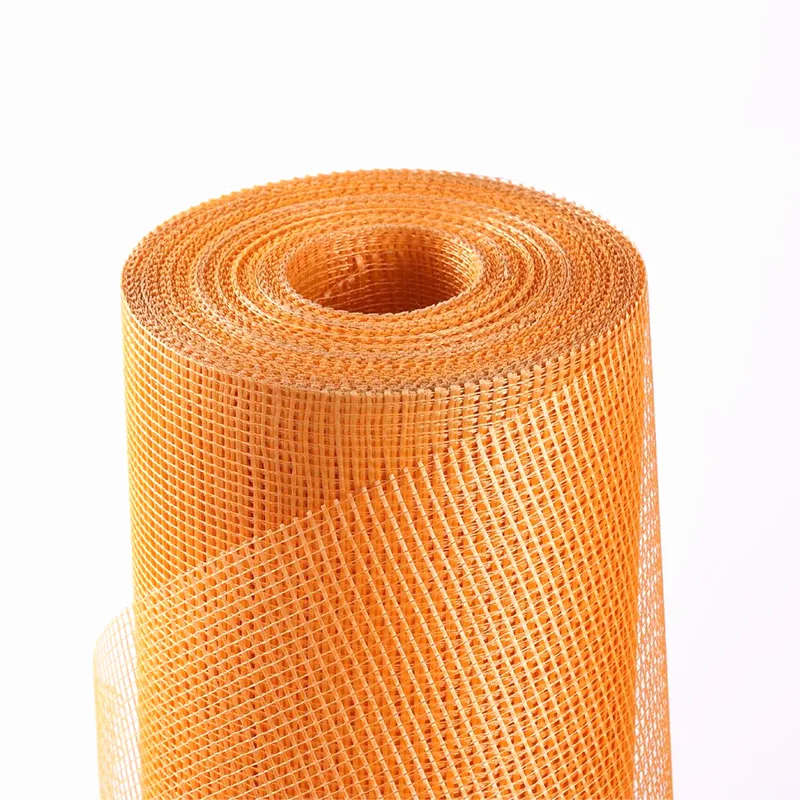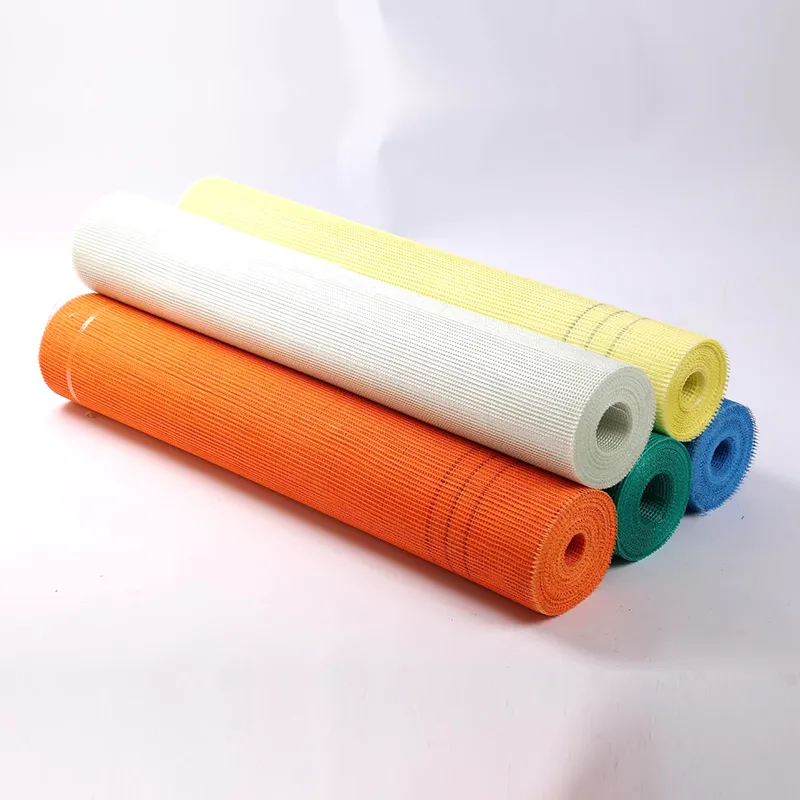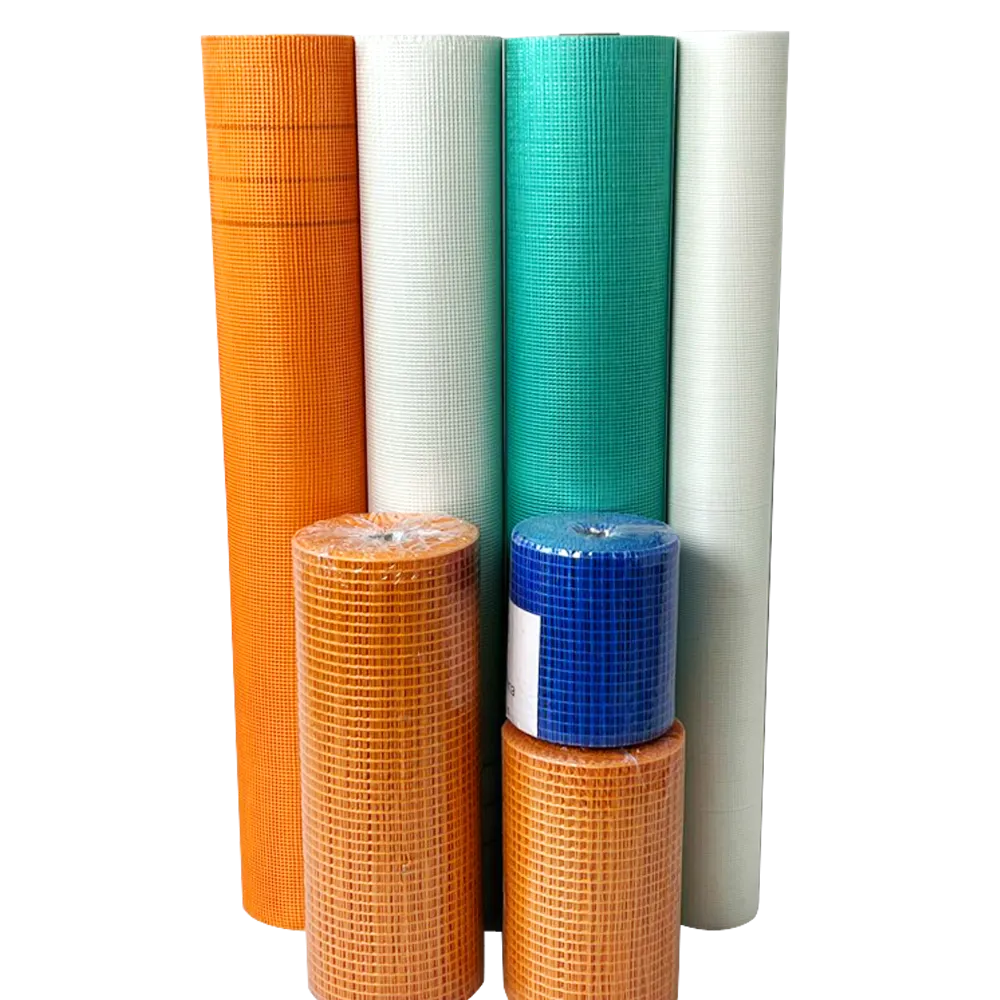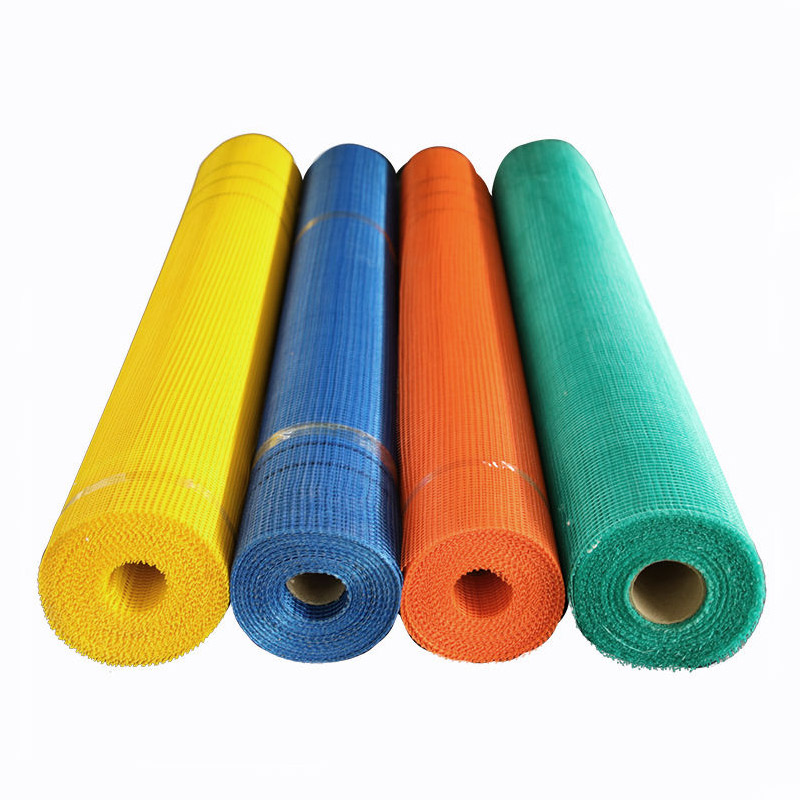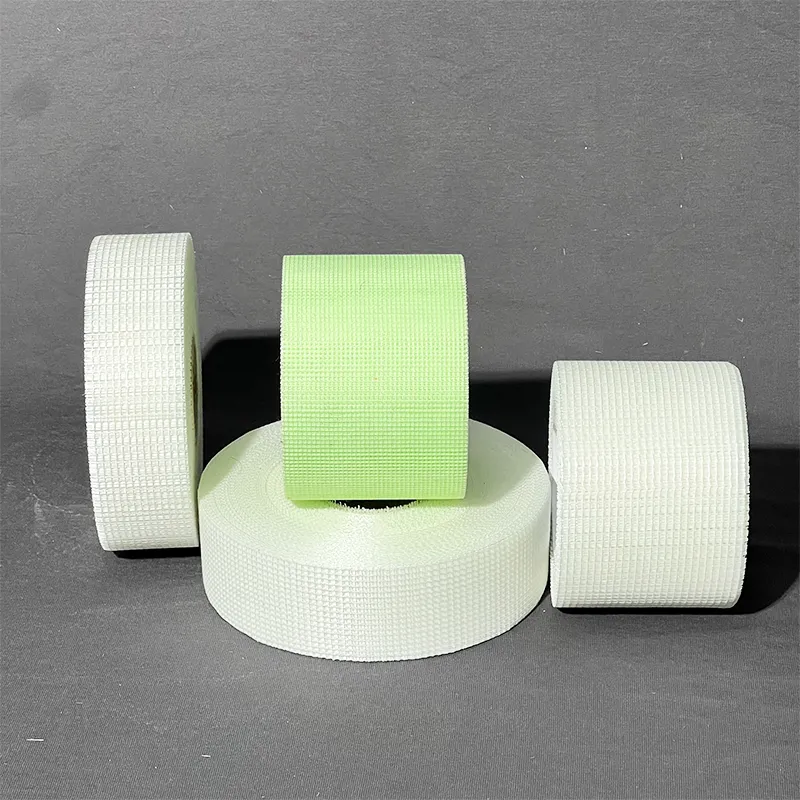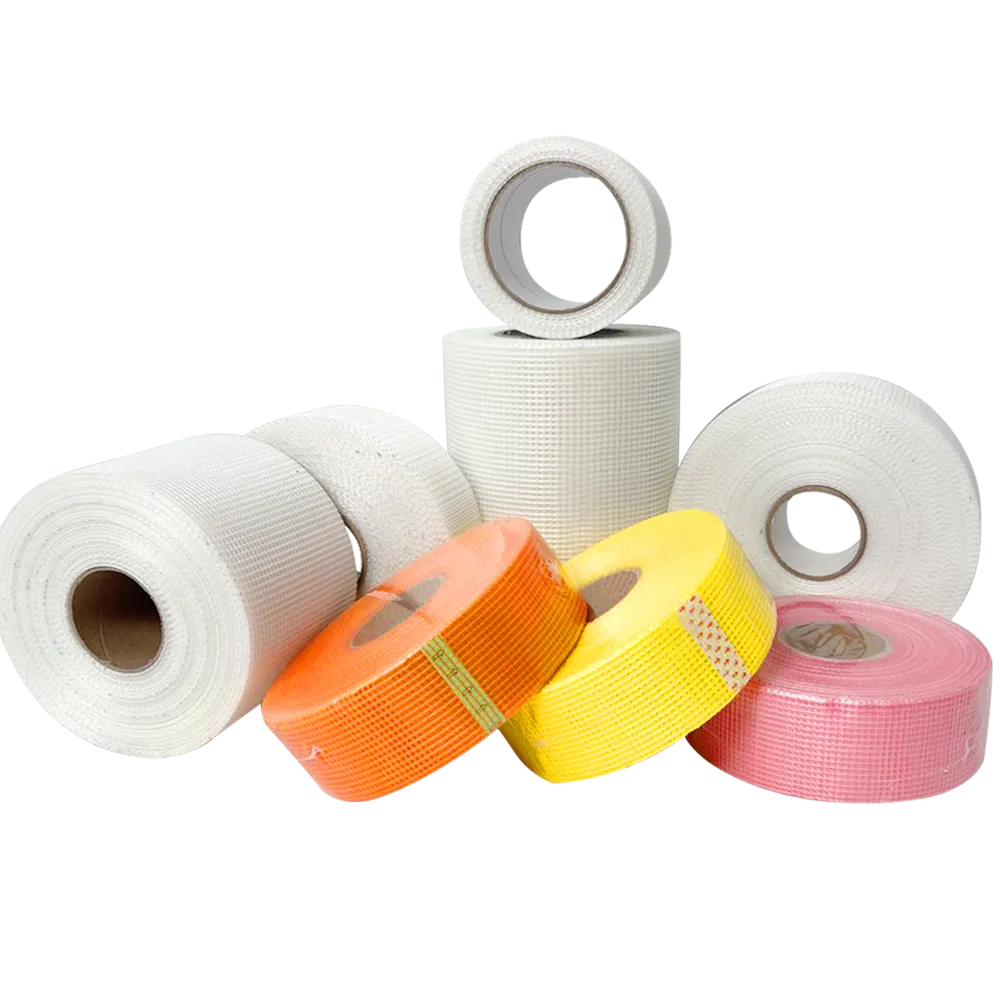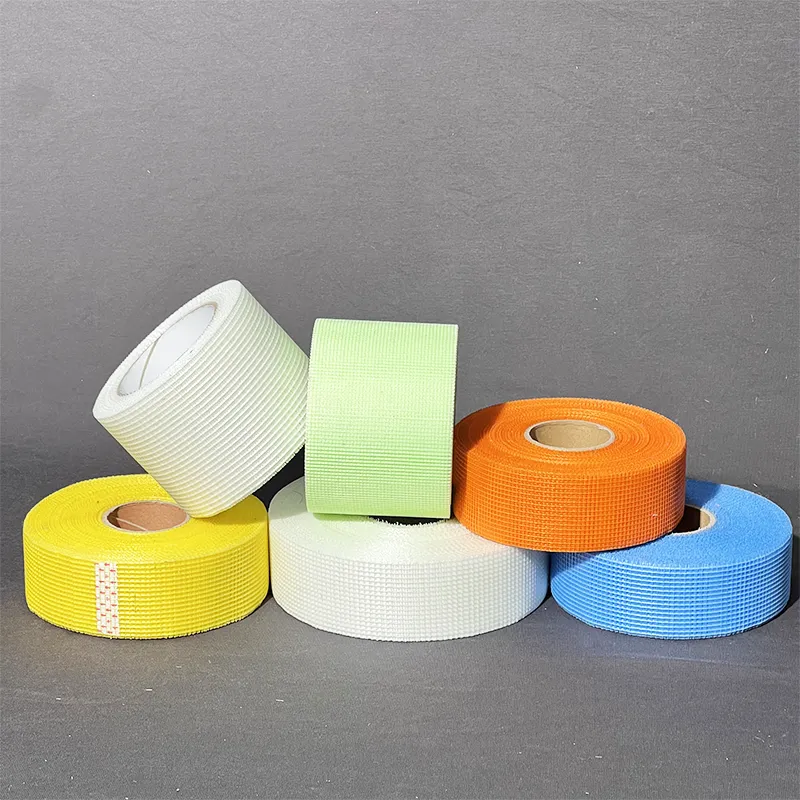10 月 . 30, 2024 17:18 Back to list
From Patching to Reinforcement: How Fiberglass Mesh Tape Is Changing the Face of Construction
Fiberglass mesh tape has steadily emerged as a game-changer in the construction world, not just for drywall but also across a range of applications in building and renovation projects. This versatile and resilient material offers numerous benefits that make it an essential tool for both professionals and DIY enthusiasts. In this article, we explore the many uses of fiberglass mesh tape and how it’s impacting the construction industry by offering improved performance, durability, and ease of application.
Fiberglass Mesh Tape in Drywall Applications
Drywall finishing remains one of the most common uses for fiberglass mesh tape. Traditional paper tape has been widely used in drywall projects, but it comes with limitations, such as its tendency to bubble, wrinkle, and fail in humid conditions. Fiberglass mesh tape, however, offers a stronger alternative. Its mesh structure provides enhanced bonding and a smoother finish, making it less prone to bubbling or cracking when applied to drywall seams.
One of the main advantages of fibreglass plaster tape for drywall is its self-adhesive quality, which simplifies installation. This eliminates the need for an initial layer of compound, saving time and reducing the chance of errors. Because it’s made of fiberglass, this tape is also naturally resistant to mold and mildew, making it ideal for areas that may experience high humidity. Contractors and DIYers alike appreciate the reliability of fiberglass mesh tape, especially in projects where durability is essential.
Reinforcement Beyond Drywall: Expanding the Use of Fiberglass Mesh Tape
While drywall applications are common, fiberglass mesh tape is also highly beneficial for reinforcing various construction materials like plaster, cement, and tile. For instance, when working with plaster or stucco, fiberglass webbing tape can be embedded within the material to increase tensile strength. Its flexible but sturdy mesh structure prevents cracking, enhancing the overall stability and longevity of surfaces.
Fiberglass Mesh Tape for Patching and Crack Repair
Fiberglass mesh tape is also ideal for patching and crack repair, especially when dealing with minor structural damage. Whether fixing small cracks in plaster walls or repairing drywall holes, fiberglass mesh tape can effectively bridge gaps, creating a stable foundation for repair compounds. Its fine mesh structure provides a strong, reliable bond to hold repair materials in place and prevent future cracks from forming.
The Moisture and Fire Resistance of Fiberglass Mesh Tape
One of the standout properties of fiberglass mesh tape is its resistance to moisture. This characteristic makes it invaluable in construction projects that involve moisture-prone areas, such as bathrooms, kitchens, and basements. Unlike traditional paper tape, which can deteriorate when exposed to moisture, fiberglass joint tape holds up well, preventing mold growth and offering reliable reinforcement even in high-humidity environments.
The Future of Construction: Embracing Fiberglass Mesh Tape
The construction industry continues to evolve as professionals look for materials that are both efficient and resilient. Fiberglass mesh tape embodies these qualities and has proven its worth across a range of applications. Its superior strength, ease of use, moisture and fire resistance, and long-lasting durability make it a material that meets the demands of modern construction.
In summary, fiberglass mesh tape is transforming the construction landscape by providing a more robust, reliable alternative to traditional materials. From drywall finishing to tile reinforcement, patching, and moisture-prone environments, Fiberglass mesh tape stands out as a durable and adaptable solution. With its growing popularity, it’s clear that fiberglass mesh tape isn’t just a tool—it’s becoming an indispensable component in building and renovating stronger, safer, and longer-lasting structures.
-
Why Fiberglass Mesh Tape Is the Contractor’s New Best FriendNewsOct.30,2024
-
The Role of Fiberglass Mesh Tape in Tile and Plaster ApplicationsNewsOct.30,2024
-
Humidity-Resistant & Mold-Preventive: Why Fiberglass Mesh Tape is Ideal for High-Moisture AreasNewsOct.30,2024
-
Why Fiberglass Mesh Tape is the Sustainable Choice for Safer HomesNewsOct.30,2024
-
Save on Maintenance Costs with Fiberglass Mesh Reinforced StructuresNewsOct.25,2024
